Yunnan Lujiang Coffee Farm is located in the west of Yunnan Province.
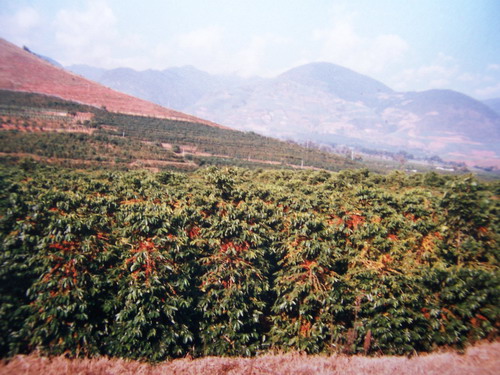
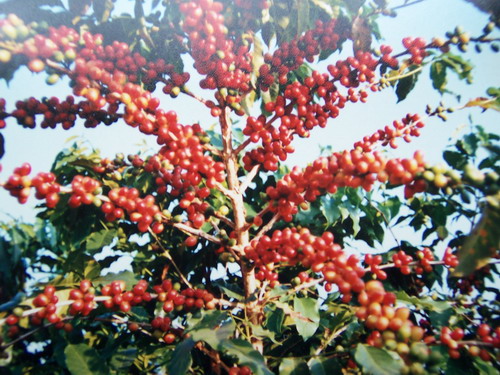
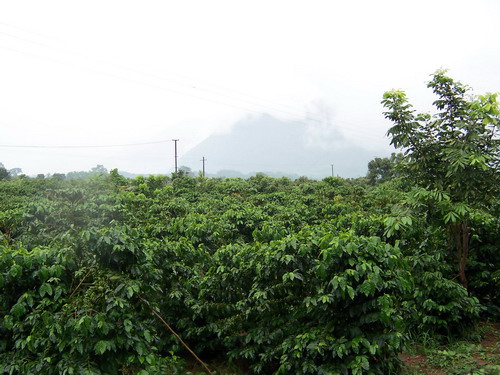
Lujiang Farm is located in the west of Yunnan Province, latitude 24 °95mi 25 °15km north, longitude 98 °83mi 98 °88' east. The altitude is 680,000m. It is under the jurisdiction of Longyang District, Baoshan City, adjacent to Lujiang Town and Mangkuan Dai and Yi Township, 542km east to Kunming, the capital of Yunnan Province, 120km west to Myanmar Banwa, the highway goes directly to Kunming through the farm, and the national second-class highway goes directly to Myitkyina in Burma. Transportation is very convenient, with two flights a day between Kunming and Baoshan, providing fast and convenient transportation for businessmen from the south to the north.
Lujiang Farm was founded in 1955. There are 14 agricultural production teams with a total population of 3568, 1173 employees and a land area of 19784.35 mu, including 6500 mu of coffee, 1300 tons of commercial coffee beans, 500 mu of tropical fruits and 1000 tons of longan and mango. Our farm is the earliest place to grow coffee in China, and it is also the most famous small-grain coffee production base in China. Because it is located in the south subtropical monsoon climate, it has less rainfall, abundant heat, sufficient sunshine, can grow a variety of tropical fruit trees, and the quality is excellent. For example, the March mango planted in our field has a good taste and high sugar content, and it is a treasure in mango. Longan is planted with thick, crisp meat and high sugar content, which is well received by consumers. In particular, the coffee produced by our farm was praised by domestic and foreign experts at the Beijing tasting meeting in 1984. It was praised as "good quality, mellow aroma, good taste and comparable to the fine varieties of the world". And won the Silver Award of the first China Agricultural Expo in October 1992. Due to the long time of growing coffee in our farm, the Canton Fair enjoyed a high reputation in the London market with "Lujiang No.1" in the 1950s, but in that era of grain as the key link, although there was excellent quality coffee, the scale of coffee cultivation could not be developed. The spring breeze of reform came and liberated the shackles of productive forces. The farm took advantage of the unique local natural conditions to take coffee as its main business, carried out co-production and remuneration, and planted coffee on a large scale. On this basis, it was the first to implement a family farm in 1984. The distribution relationship between enterprises and workers has been solved, and the labor enthusiasm of workers has been unprecedentedly improved. In 1985, the farm actively sought loans from the World Bank, and enterprise production went to a higher level. With the rapid development of coffee planting scale, thanks to the increase in coffee prices, farm workers make use of the local barren hills and slopes to plant coffee at their own expense. At the same time, the increase in the income of workers has also affected the farmers around the farm. They also quickly entered the tide of growing coffee. Due to the injection of funds from the World Bank, the bottleneck of enterprise production development has been solved, the time of enterprise development has been shortened, and the current farm coffee planting scale has been basically established. In coffee planting management, after years of exploration and practice, the farm summed up a set of planting techniques of "no shade, proper close planting and high yield". According to the semi-shaded plant of coffee, the planting specification was adjusted to 2 × 1, and the number of planting plants per mu was increased to 330 / mu. This has laid the foundation for the high and stable yield of coffee. The yield per mu of the whole farm has reached 200 kg, which is the highest yield per mu of coffee in the world.
In coffee processing, the farm strictly controls the quality so that one coffee is ripe and one is picked to ensure that each coffee bean is ripe and full. In the processing machinery, eliminate the previous coffee fresh fruit peeling machine, negotiate with machinery manufacturers to improve the fresh fruit peeling machine, so that the mechanism damage to a minimum, ensuring the quality of commercial beans.
In the coffee fermentation process, two fermentation methods are adopted. 1. Hot fermentation: after peeling the fresh coffee fruit, the coffee flap is piled up in the fermentation pool to make it ferment naturally. After fermentation, wash the coffee mud, turn the sun, dry it, and enter the warehouse. 2. Water fermentation: after peeling the fresh fruit, put it into the fermentation pool and fill it with water. The coffee flap is soaked in water to make it ferment naturally, then rinse, cool and dry, and enter the warehouse. Because the water fermented coffee beans are bright in color and have no peculiar smell. Nowadays, the method of water fermentation is generally used.
After years of unremitting efforts, the scale of planting coffee on the farm has been stabilized at 6500 mu, with an annual output of 1300 tons of coffee beans. Driven by the farm, the cultivation of coffee in the Lujiang River Basin has also increased to about 30000 mu, with an annual output of 6000 tons. Coffee planting in the whole basin shows a vibrant scene. As our field is located in the remote border areas, business information is not effective, can not timely understand the changes in coffee prices, coffee sales of our field and the surrounding people have certain difficulties, I hope to be interested in coffee producers to come to our field to talk and cooperate.
Important Notice :
前街咖啡 FrontStreet Coffee has moved to new addredd:
FrontStreet Coffee Address: 315,Donghua East Road,GuangZhou
Tel:020 38364473
- Prev
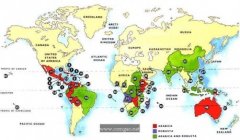
Coffee flavors from different coffee producing areas around the world
Costa Rican coffee has full grains, ideal acidity and unique strong aroma. Tarrazu of Costa Rica is one of the major coffee producing areas in the world. Costa Rica, with its fertile volcanic soil and good drainage, is the first country in Central America to grow coffee and bananas for commercial value. Coffee and bananas are
- Next
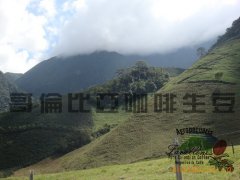
Agropeciaria Farallones Coffee Estate
AF Estate at the foot of a beautiful hill In the mountains southwest of Medellin, Antioquia, Colombia, there is a city called Hutton Bolivar, which has a unique greenhouse-like natural environment, which allows people here to inherit and share the traditional harvest brought by this environment for generations. Shan. Benito's Florence is the one who grows the best,
Related
- Does Rose Summer choose Blue, Green or Red? Detailed explanation of Rose Summer Coffee plots and Classification in Panamanian Jade Manor
- What is the difference between the origin, producing area, processing plant, cooperative and manor of coffee beans?
- How fine does the espresso powder fit? how to grind the espresso?
- Sca coffee roasting degree color card coffee roasting degree 8 roasting color values what do you mean?
- The practice of lattes: how to make lattes at home
- Introduction to Indonesian Fine Coffee beans-- Java Coffee producing area of Indonesian Arabica Coffee
- How much will the flavor of light and medium roasted rose summer be expressed? What baking level is rose summer suitable for?
- Introduction to the characteristics of washing, sun-drying or wet-planing coffee commonly used in Mantenin, Indonesia
- Price characteristics of Arabica Coffee Bean Starbucks introduction to Manning Coffee Bean Taste producing area Variety Manor
- What is the authentic Yega flavor? What are the flavor characteristics of the really excellent Yejasuffi coffee beans?

